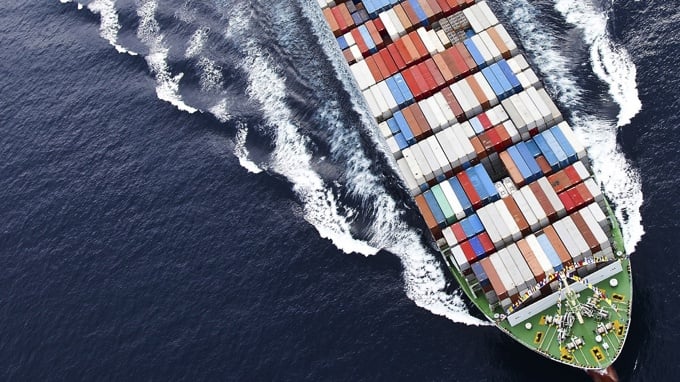Cost cuts can hurt, higher earnings can heal
02 Oct 2017 Reading time calculated text
An efficient cargo system can significantly increase a ship’s revenue compared with a standard ship concept, so increasing earnings should take priority over cutting costs to maximise profitability.
A ship’s income depends on how efficiently it loads, stows and discharges cargo. “Maximise the earning ability of a ship’s cargo handling system, and you maximise your profits,” says Ari Viitanen, Director for MacGregor Solutions Sales. “An efficient cargo system can increase a ship’s profit by several million dollars per year compared with a shipyard’s standard offering. This knowledge is not new, but it has been a challenge to quantify the magnitude of these higher earnings. And now that we can do so, it is increasingly apparent that they are substantial.
“Combining high-quality products with tailormade services is fundamental to attaining these earnings. With these in place, we are able to offer customers the productivity improvements which are so important in today’s challenging economic environment. You can only cut costs so much before you starve, but increasing your income can heal a business.”
The potential of this productivity improvements has been on MacGregor’s agenda for several years and led the company to establish a project at the beginning of 2013 to systematically develop its services and product portfolio in a way that brought the maximum cumulative cash flow to its customers. “We realised that we can help our customers to improve their ships’ productivity as a system supplier because we already have an invaluable resource: our in-house knowledge.
“However, we do not know everything, so we also enlisted the help of project partners”. These included several Finnish institutes: PBI Institute; Åbo Akademi; the Turku School of Economics; and also Safety at Sea, in Glasgow, Scotland. Cargotec is a shareholder in FIMECC, the Finnish Metals & Engineering Competence Cluster, which aims to increase research cooperation between companies, universities and institutes. Last winter FIMECC had a technology and innovations project underway, in which Åbo Akademi University was also participating. Synergies were identified right away in the first discussions between Åbo Akademi University and
MacGregor, and the timing was perfect for MacGregor to join this project.
“We believe that an integrated approach delivers maximum efficiency, so we offer cargo system solutions as well as stand-alone deliveries,” Mr Viitanen says. “ “A system solution is essentially a package of related products and services that are considered as a whole over the lifetime of the vessel, so that they are inherently designed to work most efficiently together. This efficiency improves the cargo system’s profitability and a ship operator’s cash flow. “For this to happen to maximum effect, we need to be involved when the cargo system requirements are specified. It is helpful to think of the process as a curve. The beginning of the curve is the point at which the shipowner decides to order a ship. Costs start to accumulate during ship planning, design and construction, and the curve starts to ‘dive’. When the ship is delivered the curve starts to ‘rise’. At this point the ship starts making money, but when is payback? This depends on how much profit the customer will make, and how soon. We are now talking about the steepness of an ‘earning curve’. The steeper the upward curve and the longer it lasts, the better. So our business is to make the curve steeper and make it last longer!
“We can influence the earning curve in several ways, but two are particularly significant: first, by using our existing product portfolio and R&D to improving the lifetime earning potential of a MacGregor system; and second, through the services that we offer. Furthermore, we have to consider how to make the system benefits work in reality, and how to get the most out of a particular cargo system. This is achieved through smart concept design, matching the ship’s cargo profile and through a process called ‘pro-ductivity care.”
“Productivity care means that after we have delivered the hardware we are still there for customers, providing support such as training and productivity gap analysis, and we spend the next five years working hand-in-hand with owners to utilise the full earning potential of their new ships.
“Once the ship has made some voyages it is possible to undertake a ‘gap analysis’ comparing the actual cargo capacity utilisation with what it should have been. We can help bridge any gaps between theory and practice, and advise the team operating the ship about corrective steps. “Creating the potential is one thing,” Mr Viitanen says. “But a proper analysis of use and improvements based on the results of such an analysis, and guidance on how to operate the cargo system, is what brings the additional earnings.”